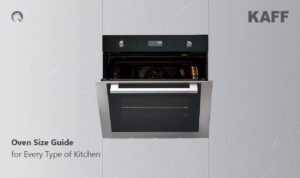
Oven Size Guide For Every Type of Kitchen
Have you ever wanted to improve your cooking skills and
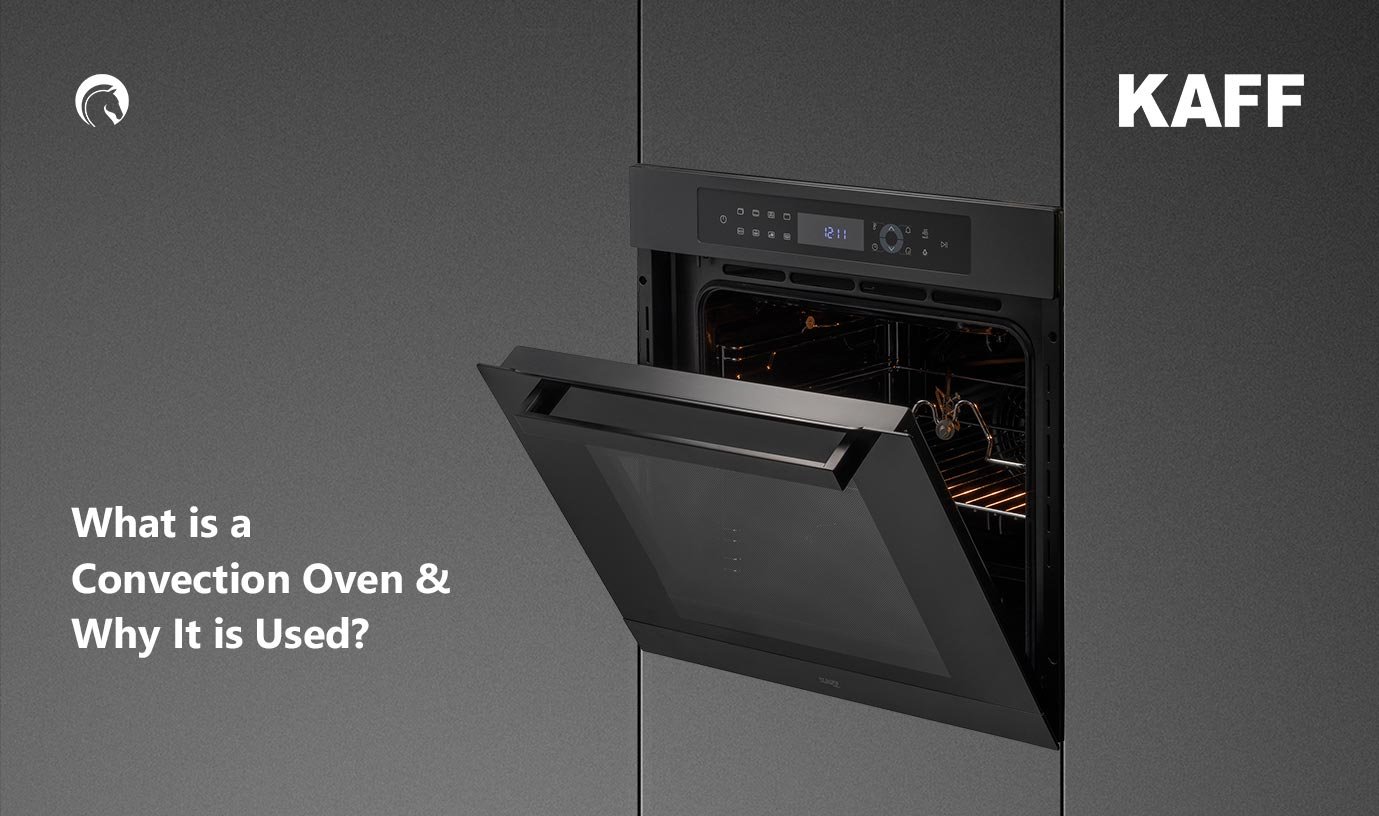
Ever wondered why your roasts turn out crispy on one side and soggy on the other? The culprit? Uneven heat! But fear not, for the convection oven has arrived to crack the case.
But what is a convection oven? First, let’s crack the code on “convection.” It’s not a mystical incantation but a fancy way of saying “moving air.” It wields a built-in fan, whipping hot air around your food like a gentle tornado. Forget the slow, gentle dance of your traditional oven. It’s a built-in turbo boost for your cooking, transforming roasts into bronzed beauties and veggies into crispy delights, all in record time. Today, let’s explore the reasons why this convection oven is used.

This isn’t mere speed, mon chéri. This is a waltz of efficiency, a ballet of time. Convection ovens cook food significantly faster, typically shaving off 20-25% of cooking time. The Kaff OV81 ZNSC, a chrome-clad knight of the kitchen, shaves minutes from your culinary journey, gifting you with roasts that emerge succulent and golden, their crusts a symphony of caramelized bliss. Brussels sprouts, once humble, become crispy jewels, each bite a burst of verdant delight.
Golden crusts, blistered and glistening like jewels, are the crown jewels of the convection court. The KAFF OV 80 ML 7, a paragon of culinary artistry, paints pizzas with the brushstrokes of fire, their edges blistered and beautiful, begging to be savoured. And potatoes, oh, those humble tubers! Transformed by the convection’s kiss, they emerge from the Kaff CLOV 6 RD like golden crowns, their interiors fluffy as clouds, their exteriors crisp as a Roman toga.
Gone are the days of battling uneven cooking. No longer must you fight the tyranny of hot spots. The convection oven, a champion of culinary equity, ensures that every corner of your creation receives the same tender caress of heat. The continuous air circulation in a convection oven guarantees even heat distribution throughout the cavity, making it ideal for multi-rack cooking and delicate dishes that require consistent temperature. Multi-layered casseroles, once a gamble, emerge symphonies of flavour, each layer a harmonious note.
Like any tool, convection ovens for baking have their quirks. Here’s what to keep in mind:
While a whirlwind of hot air is excellent for browning and speed, it can be too much for some delicate friends like soufflés and custards – the air blast can ruin their soft fluffiness. Stick to your regular oven for these temperamental treats.
Don’t overcrowd your oven! Your food needs space to breathe. This way, the air can dance freely and work its magic.
Q. What can I cook in a convection oven?
A. Pretty much anything! Roasts, vegetables, and pizzas benefit from faster cooking and even browning. Just be gentle with delicate pastries and soufflés as the convection mode in oven could be a bit too much.
Q. Can you bake a cake in a convection oven?
A. Yes, but be prepared for some experimentation. The air circulation can affect baking times, so start with lower temperatures and check often.
Q. Is a convection oven good for health?
A. It can be, as it might use less fat for browning. But remember, healthy eating is about more than just cooking methods.
Q. Is it worth buying a convection oven?
A. That depends. It might be worth it if you’re a dedicated roaster or value speed. But your trusty conventional oven might be enough for baking enthusiasts and slow-cooking lovers.
Q. What is 350 degrees in a convection oven?
A. Usually, you can reduce the temperature by 25°F for convection cooking. So, 350°F in a conventional oven would be 325°F in a convection oven.
Q. What does convection mean in an oven?
A. Convection simply refers to circulating hot air inside the oven, leading to faster cooking times and even browning.

Have you ever wanted to improve your cooking skills and
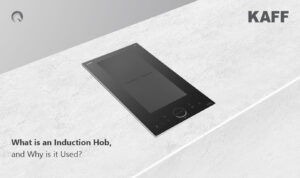
A kitchen is considered a place where accuracy is achieved

Tired of feeling cramped while washing dishes? Or struggling to
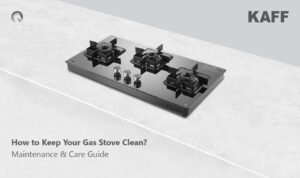
The heart of your kitchen, your trusty gas stove, deserves
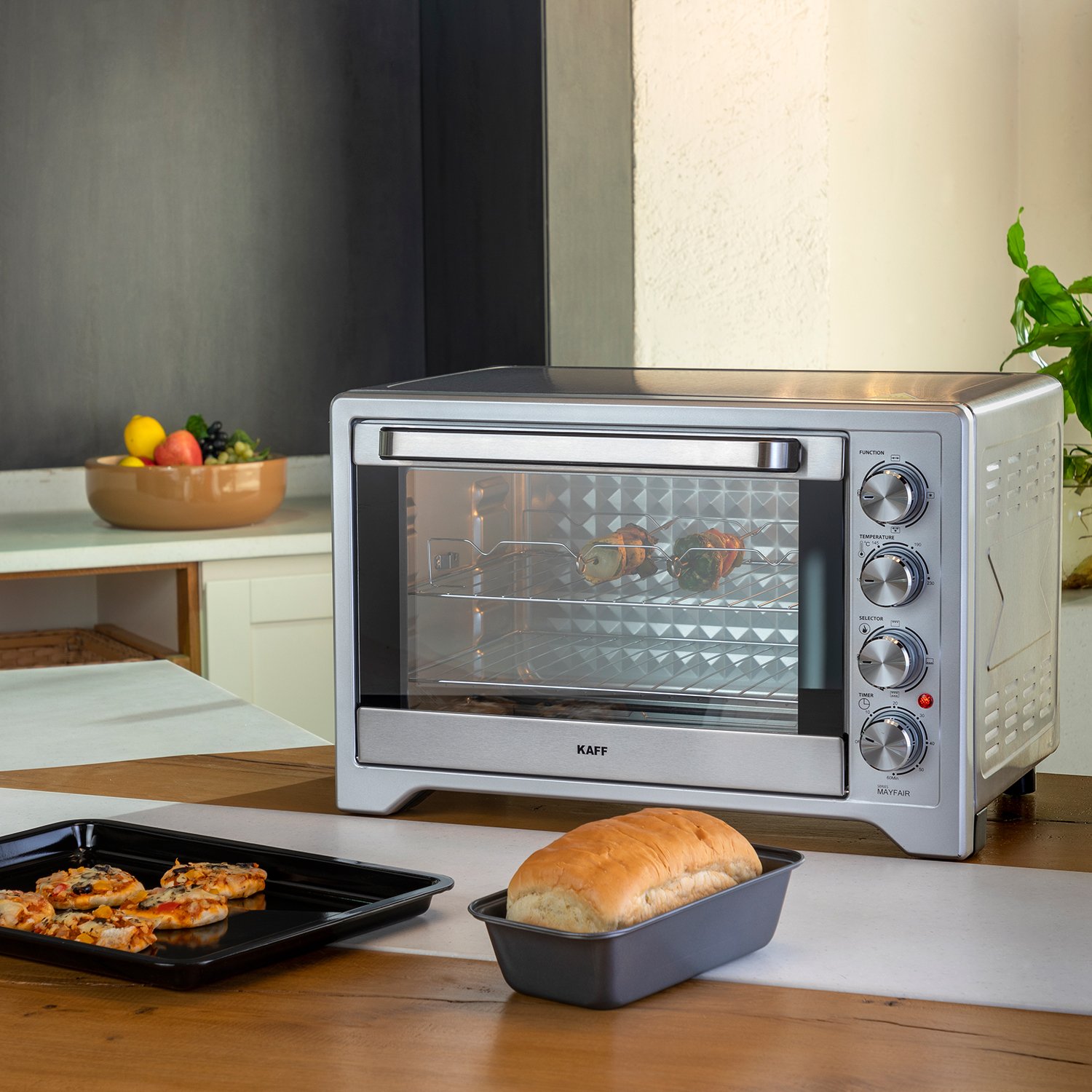

Shop
To avail the best offers subscribe to our newsletter

Follow Us
To avail the best offers subscribe to our newsletter
Copyright ⓒ 1995-2024 KAFF All Rights reserved.